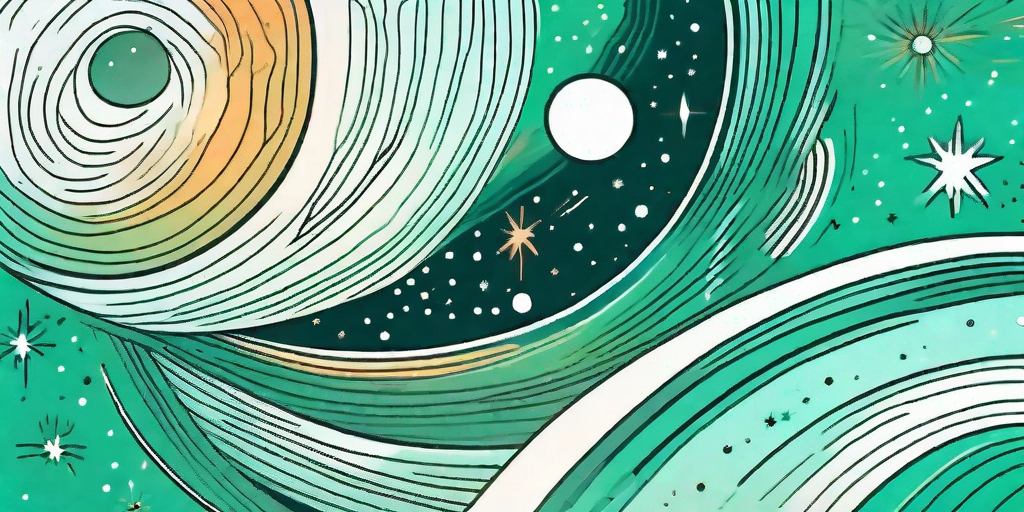
Buckle up, space cadets! We're about to embark on an intergalactic journey that will leave your mind as blown as a supernova. From the fiery reds of Mars to the icy blues of Neptune, the cosmos is a veritable artist's palette. So, let's dive into the cosmic ocean and explore the vibrant universe in all its technicolor glory.
The Colors of the Cosmos
When we gaze at the night sky, we're not just looking at a bunch of twinkling lights. Oh no, we're witnessing a cosmic light show that's been billions of years in the making. Each star, each planet, each galaxy, is a unique hue, a testament to the incredible diversity of the universe.
But why are celestial bodies different colors? Well, it all comes down to temperature and chemical composition. Hotter objects emit light at shorter wavelengths (blue and white), while cooler ones emit light at longer wavelengths (red and orange). As for planets, their colors are determined by the elements and compounds present in their atmospheres.
The Red Planet: Mars
Let's start our tour with Mars, the Red Planet. Its distinctive color is due to the iron oxide (rust) on its surface. Fun fact: if you're ever feeling homesick on Mars, just look at the sky. During sunset, the Martian sky turns a familiar shade of blue, similar to Earth's!
But don't be fooled by its earthly resemblance. Mars is a harsh, barren world, with temperatures that can drop to -80 degrees Celsius. So, unless you're a fan of extreme cold and rusty landscapes, it's probably best to admire Mars from a distance.
The Blue Giant: Neptune
Next stop, Neptune, the Blue Giant. Unlike Mars, Neptune's color is not due to surface features but its atmosphere. The planet's deep blue hue is caused by the absorption of red light by methane in the atmosphere. But don't let its serene color fool you. Neptune is a stormy world, with winds that can reach up to 2,100 kilometers per hour!
And let's not forget about Neptune's mysterious dark spots. These are massive storms, similar to Jupiter's Great Red Spot. So, while Neptune may look calm and peaceful from afar, it's anything but up close.
Galaxies: The Cosmic Rainbow
Now that we've explored the colors of planets, let's turn our attention to galaxies. These vast collections of stars, gas, and dust are some of the most colorful objects in the universe.
Galaxies can be a variety of colors, from the blue of young, hot stars to the red of older, cooler stars. And then there are the nebulae, interstellar clouds of dust and gas, which can be virtually any color of the rainbow, depending on their chemical composition.
The Milky Way: Our Galactic Home
Our own galaxy, the Milky Way, is a barred spiral galaxy. It's a mix of blue, white, and red stars, with a central bulge of older, redder stars. And let's not forget about the dark bands that give our galaxy its name. These are vast clouds of dust and gas that block the light of distant stars.
But the Milky Way is more than just a pretty face. It's also home to us, and potentially billions of other life forms. So, next time you look up at the night sky, remember: you're not just looking at stars, you're looking at home.
The Andromeda Galaxy: Our Cosmic Neighbor
Andromeda, our closest galactic neighbor, is a spiral galaxy much like our own. It's a swirl of blue and white, with a bright, yellowish core. But don't let its peaceful appearance fool you. Andromeda is on a collision course with the Milky Way. But don't worry, this cosmic crash won't happen for another 4 billion years or so.
Andromeda is also home to one of the most colorful objects in the universe: the Ring Nebula. This nebula is a shell of gas ejected by a dying star, and it's a riot of red, white, and blue. So, if you're ever feeling patriotic, just look up at Andromeda!
FAQs
- Why are stars different colors?
- Stars are different colors because of their temperatures. Hotter stars emit light at shorter wavelengths (blue and white), while cooler stars emit light at longer wavelengths (red and orange).
- Why is Mars red?
- Mars is red because of the iron oxide (rust) on its surface.
- Why is Neptune blue?
- Neptune is blue because of the absorption of red light by methane in its atmosphere.
- What color is the Milky Way?
- The Milky Way is a mix of blue, white, and red stars, with a central bulge of older, redder stars.
- What color is the Andromeda Galaxy?
- The Andromeda Galaxy is a swirl of blue and white, with a bright, yellowish core.
Conclusion
So there you have it, a colorful journey through the cosmos. From the reds of Mars to the blues of Neptune, the universe is a vibrant, ever-changing canvas. And the best part? This is just the tip of the cosmic iceberg. There's so much more to discover, so many more colors to explore. So, keep looking up, space cadets. The universe is waiting.
And remember, the universe isn't just out there, it's also within us. We're made of star stuff, after all. So, in a way, exploring the universe is also a journey of self-discovery. So, go forth and explore, and let the colors of the cosmos inspire you.















